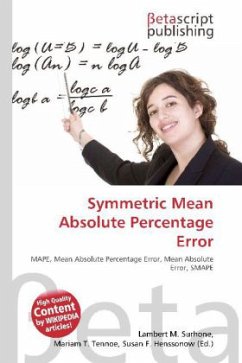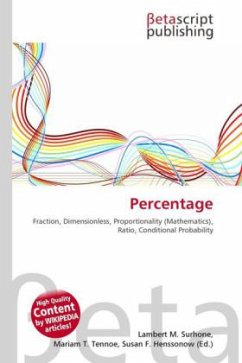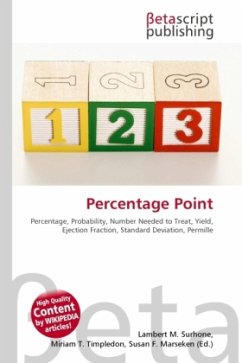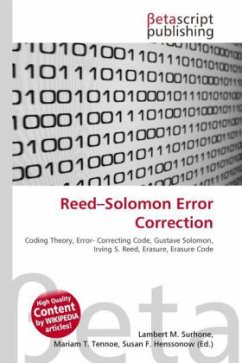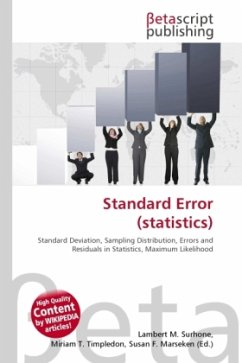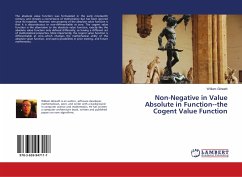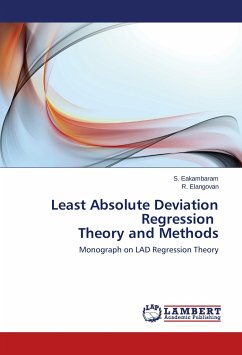Please note that the content of this book primarily consists of articles available from Wikipedia or other free sources online. Symmetric mean absolute percentage error (SMAPE or sMAPE) is an accuracy measure based on percentage (or relative) errors. It is usually defined as follows:The absolute difference between At and Ft is divided by half the sum of the actual value At and the forecast value Ft. The value of this calculation is summed for every fitted point t and divided again by the number of fitted points n. The earliest reference to this formula appears to be Armstrong (1985, p. 348) where it is called "adjusted MAPE". It has been later discussed, modified and re-proposed by Flores (1986). Contrary to the mean absolute percentage error, SMAPE has a lower bound and an upper bound. Indeed, the formula above provides a result between 0% and 200%. However a percentage error between 0% and 100% is much easier to interpret. That is the reason why the formula below is often used in practice (i.e. no factor 0.5 in denominator):
Bitte wählen Sie Ihr Anliegen aus.
Rechnungen
Retourenschein anfordern
Bestellstatus
Storno

